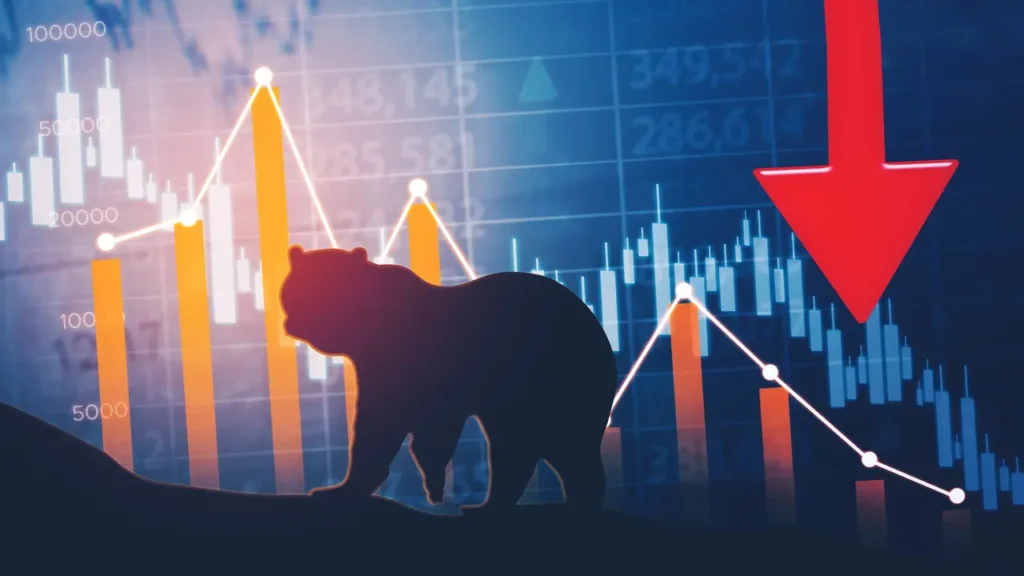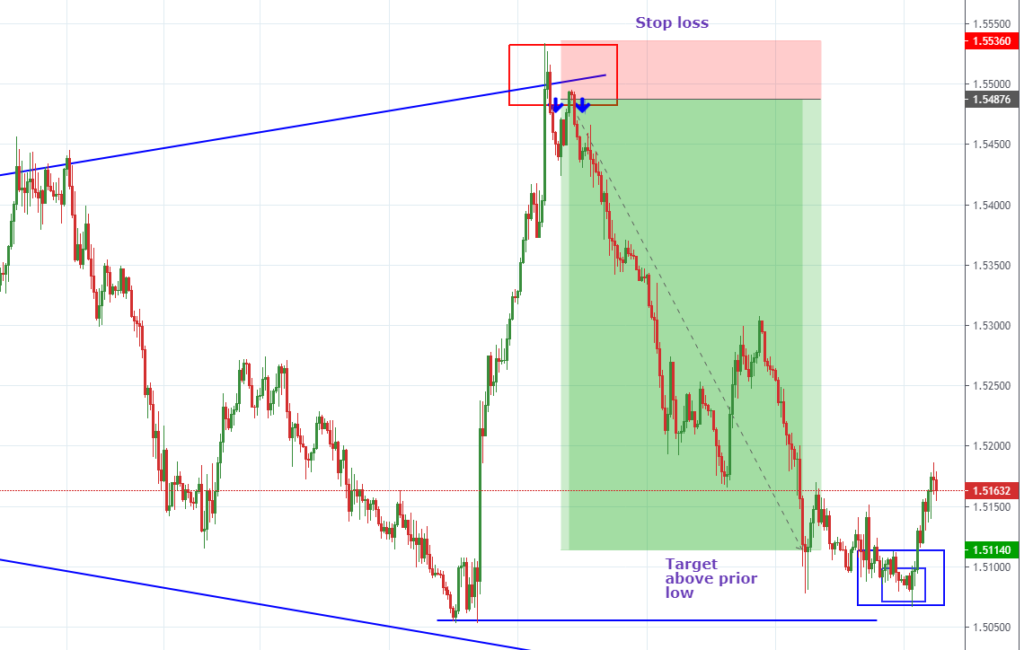
Is it profitable to keep money idle? No is the answer. You can invest your money in a variety of ways, whether for the short term or the long term, to increase its profitability. The stock market is one of them, where you can purchase the stocks of businesses that are anticipated to perform well over the course of a day, week, month, or year. There are a few different kinds of trades where you can choose how long you want to invest your money. Swing trading is one such strategy. Before selecting a stock for swing trading, a trader must conduct a technical analysis.
Simply put, swing is a significant fluctuation in the price of a company’s shares. Swing trading is a method of trading in which traders buy or sell any financial instrument in response to a stock’s trend. Any trader should conduct an in-depth analysis in order for this kind of trade to be profitable for them.
A swing trade can be for a few days or a few months and helps provide perspective for both short-term and long-term trading. There is no time frame for a swing trade.

Whether the market is moving upward, downward, or somewhere in between, trading is possible.

The majority of shares are anticipated to rise when the stock market is in a bullish mood. However, in addition to expanding, they also decrease for shorter periods of time. During this time, the investors try to make money.
In a bullish market, you need to be careful and keep a close eye on the markets because they can change at any time and you could lose money.

When the market is in a bearish trend, trading can be a bit challenging. Almost all of the securities are downtrending at this point. Buying shares for swing trading is not recommended at this time.
Shares should not be purchased with the expectation that they will rise quickly and yield profits for the trader when the market is in a bearish mood.
It can be risky to trade when the market is extremely volatile. Any stock’s price fluctuates frequently and can occur at any time during trading. The trader must be able to perform a technical analysis of a stock before engaging in a swing trade.
The trader learns about the stock’s past movements and trading activity through technical analysis, which enables them to make better predictions about the stock’s future.
Technical analysis is the study of a stock’s trends and patterns in order to provide trading opportunities for an investor or trader.
Swing traders typically invest in shares of large-cap companies because they have the potential to turn a profit quickly. The investor can learn more about the company’s outlook from these stocks’ high trading volumes.

Swing trading, like many other types of trading, carries a lot of risk. When securities are held for some time in the swing trade, they are much more vulnerable to gap risk. The risk that a share’s price could fall or rise in response to any news or event during the overnight or weekend hours when the markets are closed is known as gap risk.
The price of the stock at which the market opens the following trading day reflects that news or event. The share price will rise if the news is favorable to the company, while the share price will decrease if it is negative.
When the market is closed for a longer period of time, there is a greater chance of unanticipated gains or losses, and traders who focus on short holding periods may overlook long-term security holdings.
Swing traders research a stock before making an investment, then proceed to trade or invest in it. Additionally, they rely on a variety of indicators to select stocks for swing trading. The following are some examples:
The average price of a share over time is called the Moving Average. It is a trailing result and makes the everyday cost variances exceptionally less. Any company’s share prices experience short-term spikes that are smoothed out by the Moving Average.
When the short-term moving average crosses the long-term moving average, traders use the Moving Average indicator.
For swing traders, volume is the most important indicator because it shows how strong the current trend is. When there is a breakout, volume plays a crucial role as an indicator. Trend does not change if the price changes without the volume of trading changing.
When there is a lot of activity, it means that there are real buyers and sellers in the market. The bullish trend is identified by using volume as an indicator.
The Relative Strength Index, or RSI, indicates whether a company’s share prices are in the overbought or oversold range. Prices are expected to go up if they are in the oversold zone, while if they are in the overbought zone, the share prices will go down.
It is a type of technical analysis that explains the connection between an asset’s volume and the rate of change in price. It is used to figure out how quickly a share’s price can go up or down.
Swing trading is when you trade with the trend. Swing trading is a good way for new traders to get started because it lasts for more than a day, giving them time to analyze the stock. The traders don’t try to make a lot of money all at once; rather, they try to make small profits over time. When compared to the time and concentration required for day trading, swing trading requires less.
Swing trading involves taking a chance that something bad will happen after the markets close. It is recommended that every trader attempting swing trading conduct a comprehensive technical and fundamental analysis of the company they intend to trade.
To learn how you can benefit from a trade, contact us at before making any decisions.
A share’s price can move up or down in a swing, which can sometimes result in new price levels for that share.
They are said to be more successful before making a trade if they have done a lot of technical and fundamental analysis and seen how the price has moved in the past.
